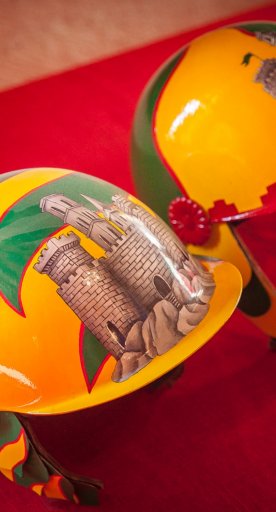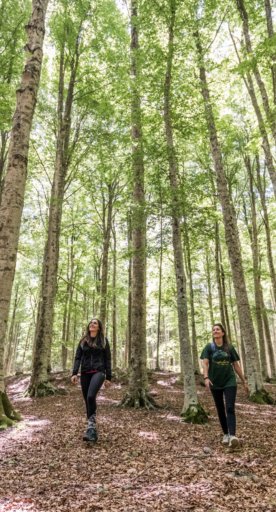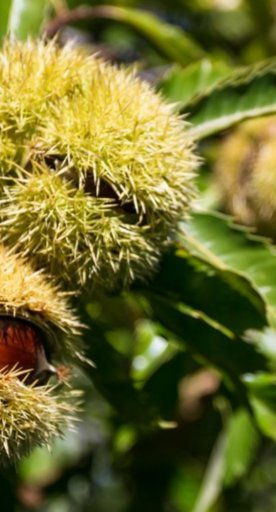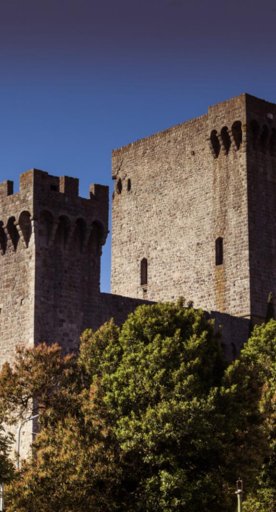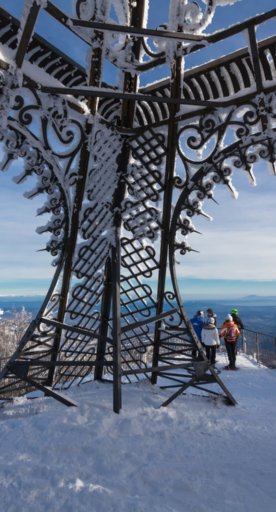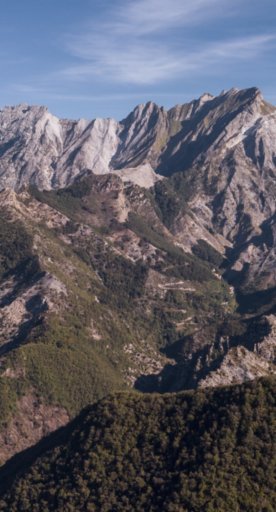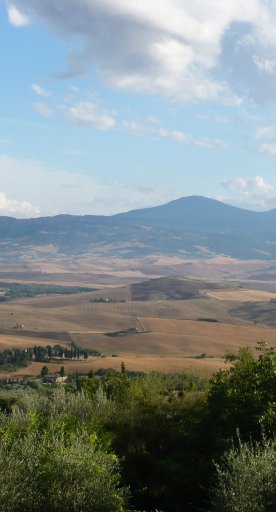Among the first monuments inside the village that command attention is the small Church of San Francesco (previously part of the Convent of San Bartolomeo). The small, sacred building’s façade, preceded by a simple loggia, overlooks a lawn featuring a centuries-old chestnut tree. Inside, there are fresco fragments by the Sienese school from the 14th century, and behind the altar is a beautiful wooden choir. The Parish Church of Santa Maria Assunta is also worth a visit, reachable via a stairway. The door features an architrave dating back to 1617, and opens up into a uniquely evocative interior with its simple and impressive forms. Not far from the church is Piazza Matteotti, the historic piazza del Comune, the 14th-century Podestà and Municipal palaces, and the Colonna di Giustizia that still stands proud, displaying the emblem of the Republic of Siena.
Piancastagnaio’s most impressive monument is undoubtedly the Aldobrandesca Fortress with its unmistakeable igneous rock walls. Its merlons and brackets were partially rebuilt in the 1970s, but the rest of the building is medieval. Today, the fortress is open to visitors as a museum. Just a few steps away from the outskirts of the town is a park rich with centennial chestnut trees. The oldest part of the town is reachable through the park, fading into the slope of the hill divided into the historic districts of Borgo, Castello and Voltaia.
Another of Piancastagnaio’s important buildings is Palazzo Bourbon del Monte, located on the edge of the residential area and once home to the town’s feudal lords from 1601 to the end of the 18th century.
Immediately outside Piancastagnaio’s walls is the village of Piatto delle Streghe, with its fountain in the Palazzo Bourbon del Monte’s historic gardens. All that remains is a stone, smoothed over time to the extent that is resembles a plate. They say that witches used to come here to celebrate their mysterious sabbaths.





